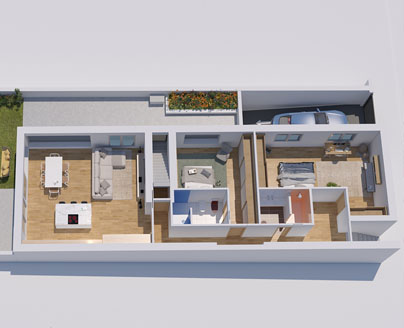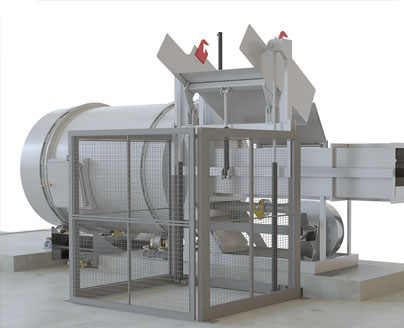Essential Elements of Successful 3D Animation Projects
3D animation is a powerful tool in various industries, from film and television to video games and advertising. Crafting successful 3D animation projects requires a deep understanding of both the technical aspects and the creative nuances. In this exploration, we delve into critical components that contribute to the effectiveness and impact of 3D animation projects.
Key Techniques in 3D Animation
Effective 3D animation hinges on several key techniques that animators must master to create compelling narratives and visuals. These include:
- Modeling: Building accurate models that are the foundation of any animation project.
- Texturing: Applying surface textures to give objects a realistic appearance.
- Rigging: Creating the skeleton structure that supports realistic movement.
- Animating: The actual process of bringing to life characters and objects through motion.
- Rendering: The final step of creating the 2D image or animation from the prepared scene.
Utilizing these techniques effectively ensures that the 3D animation is both visually appealing and technically sound.
Trends Influencing 3D Animation Projects
Staying abreast of the latest trends is crucial for delivering innovative and engaging 3D animations. Currently, several trends are shaping the industry:
- Virtual Reality (VR) and Augmented Reality (AR): These technologies are increasingly being integrated into 3D projects, offering immersive experiences.
- Real-time rendering: Tools like Unreal Engine and Unity are facilitating this, allowing for faster workflows and immediate feedback.
- Artificial Intelligence: AI is being used to automate mundane tasks, enabling animators to focus on the creative aspects of projects.
Choosing the Right Tools for 3D Animation
The choice of software can greatly influence the efficiency and quality of the final project. Industry-standard tools like Autodesk Maya, Maxon Cinema 4D, and Blender are commonly used due to their powerful features and reliability. Each tool offers unique benefits that can be leveraged depending on the project’s requirements:
- Maya: Known for its comprehensive feature set and versatility in handling complex animations.
- Cinema 4D: Renowned for its user-friendly interface and excellent motion graphics capabilities.
- Blender: Best known for being an open-source tool, it offers great adaptability and a strong support community.
Conclusion
To succeed in 3D animation, understanding the intricacies of the process, staying updated with technological advancements, and selecting the appropriate tools are imperative. By focusing on these elements, professionals can enhance their projects, pushing the boundaries of what is possible in 3D animation.













